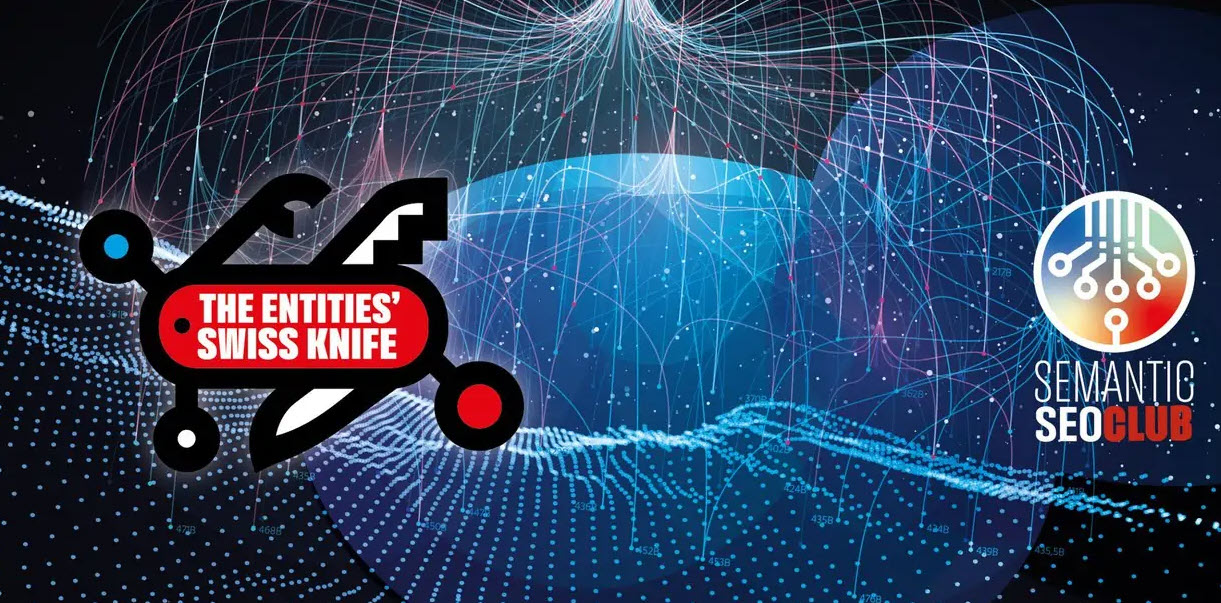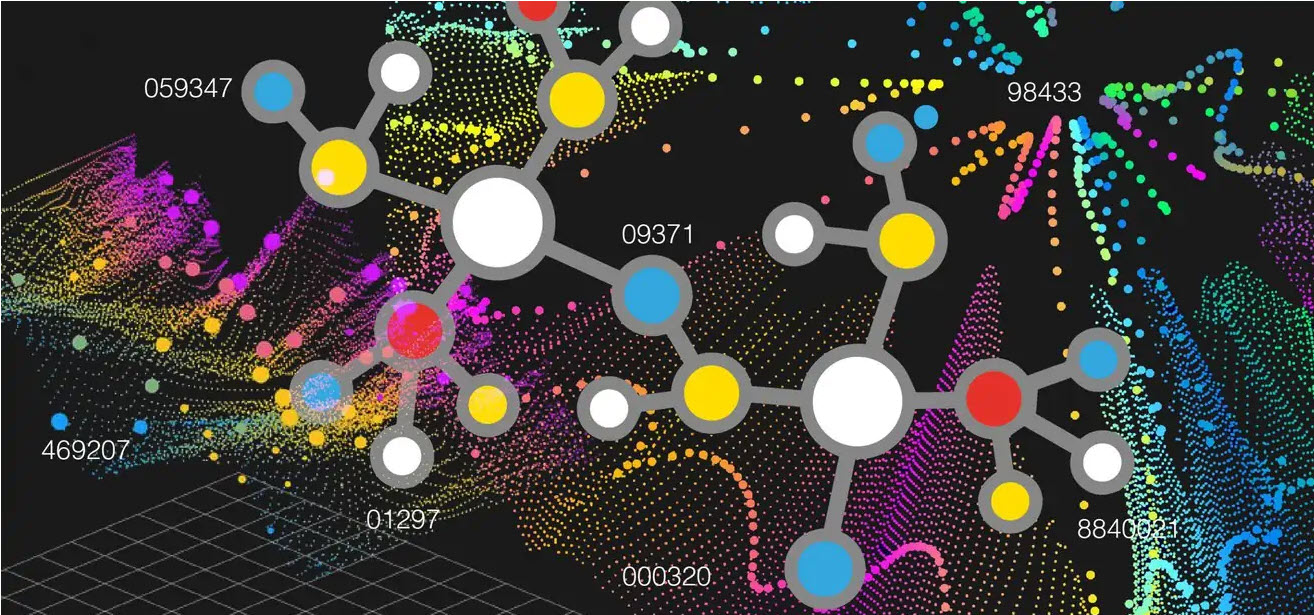
Structured Data
Differences between a Lexical Search Engine and a Semantic Search Engine.
While a traditional lexical internet search engine is approximately based upon matching key phrases, i.e., simple text strings, a Semantic Search Engine can "comprehend"-- or at least try to-- the significance of words, their semantic relationship, the context in which they are inserted within a paper or a question, therefore accomplishing a more exact understanding of the user's search intent in order to produce more relevant results.
A Semantic Search Engine owes these capacities to NLU algorithms, Natural Language Understanding, along with the presence of organized data.
Subject Modeling and Content Modeling.
The mapping of the distinct units of content (Content Modeling) to which I referred can be usefully accomplished in the design phase and can be connected to the map of subjects dealt with or treated (Topic Modeling) and to the organized data that reveals both.
It is a fascinating technique (let me understand on Twitter or LinkedIn if you would like me to write about it or make an ad hoc video) that enables you to develop a site as well as develop its web content for an extensive treatment of a topic to get topical authority.
Topical Authority can be described as "depth of knowledge" as viewed by search engines. In the eyes of Search Engines, you can end up being an authoritative resource of info worrying that network of (Semantic) entities that define the subject by constantly creating initial high-quality, comprehensive web content that covers your broad subject.
Entity connecting/ Wikification.
Entity Linking is the process of recognizing entities in a message document and connecting these entities to their one-of-a-kind identifiers in a Knowledge Base.
When the entities in the message are mapped to the entities in the Wikimedia Foundation resources, Wikipedia as well as Wikidata, wikification takes place.


